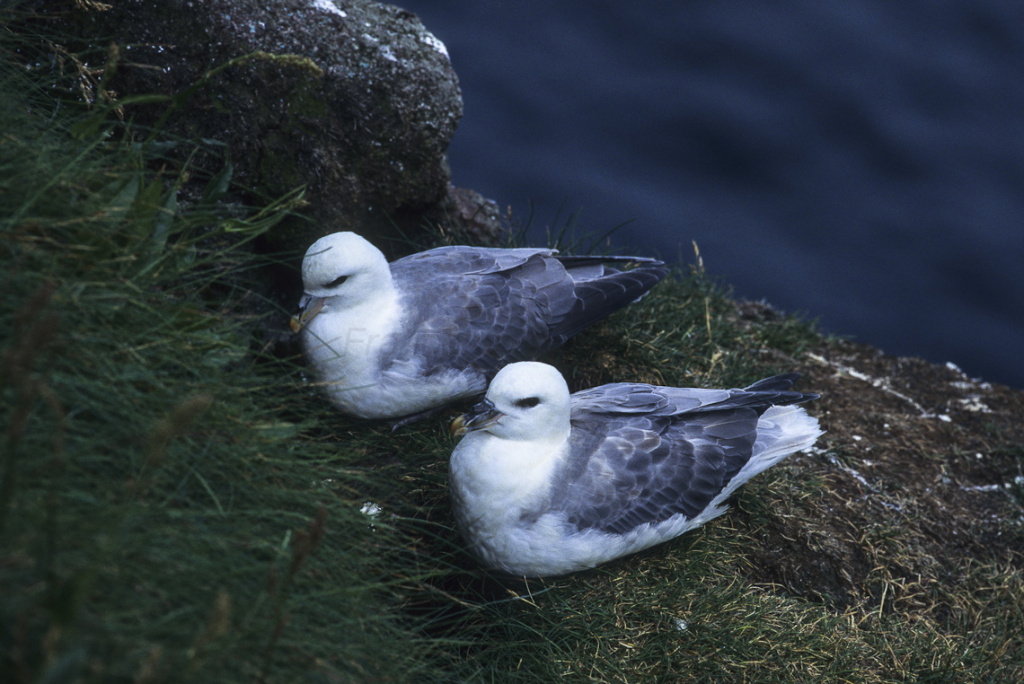The plastic has found its way to pollute the pristine environments of the planet. Scientists have found chemical additives used in the process of manufacturing plastic in birds’ eggs in the High Arctic.
Phthalates is a family of chemicals that are added to plastics to keep them flexible. It is discovered that this chemical is responsible for hormone disruption. They have been banned from children’s toys due to their potential “gender-bending” effects. Northern fulmars eggs have been tested positive for this chemical. These birds live on Prince Leopold Island in the Canadian Arctic, which is very far from any direct human intervention.
It is estimated that the contaminants have leached from plastic debris that the birds ingested while hunting for fish, squid and shrimp in the Lancaster Sound at the entrance to the Northwest Passage. These birds spend most of their lives hunting and feeding at sea and only return to their nests to breed their young ones.
Northern fulmars have an oily fluid in their stomachs, which they projectile-vomit at invaders that threaten their nests. Scientists believe the phthalates found their way into the fluid, and from there passed into the bloodstream and the eggs that females were producing.
In a preliminary study, Dr Jennifer Provencher of the Canadian Wildlife Service tested the eggs of five fulmars and found phthalates in one, but warned the problem is likely to be far more pervasive.
Provencher’s tests revealed that mothers passed on a cocktail of contaminants to their unborn chicks. “It’s really tragic,” she said at a meeting of the American Association for the Advancement of Science in Washington DC. “That bird, from the very beginning of its development, will have those contaminants inside it.”
Five northern fulmar eggs collected on Prince Leopold Islands were tested for the chemicals and one tested positive. These chemicals have been linked to birth defects, fertility problems and a host of metabolic diseases.
It would take some more work to confirm whether the additives cause any harm. “We know that these chemicals are often endocrine disruptors, and we know that they can interrupt hormonal development and cause deformations. But whether they actually cause any harm in the eggs is something we don’t know,” Provencher said.
Further tests found traces of other plastic contaminants in northern fulmar and black-legged kittiwake eggs collected from the same nesting sites. Eggs from both birds tested positive for SDPAs and BZT-UVs, which are added to plastics to stop them degrading and losing their colour in sunlight, respectively.
“We need to look at whether they have the same chemicals, higher levels of chemicals, and additional chemicals,” said Provencher. “The recognition that at least some of these contaminants are going into eggs really opens the door for all these other questions we should be asking in areas of much higher plastic concentrations.”
Because northern fulmars can live for 40 years or more, the birds have been exposed to significant plastic debris in the seas for only a few generations. That meant the birds had not had time to adapt to the changing environment, Provencher said.
Not even the most remote areas in the world are free of pollution. The impact of plastic in environement is high and reaches beyond our realms uncontrollably.

